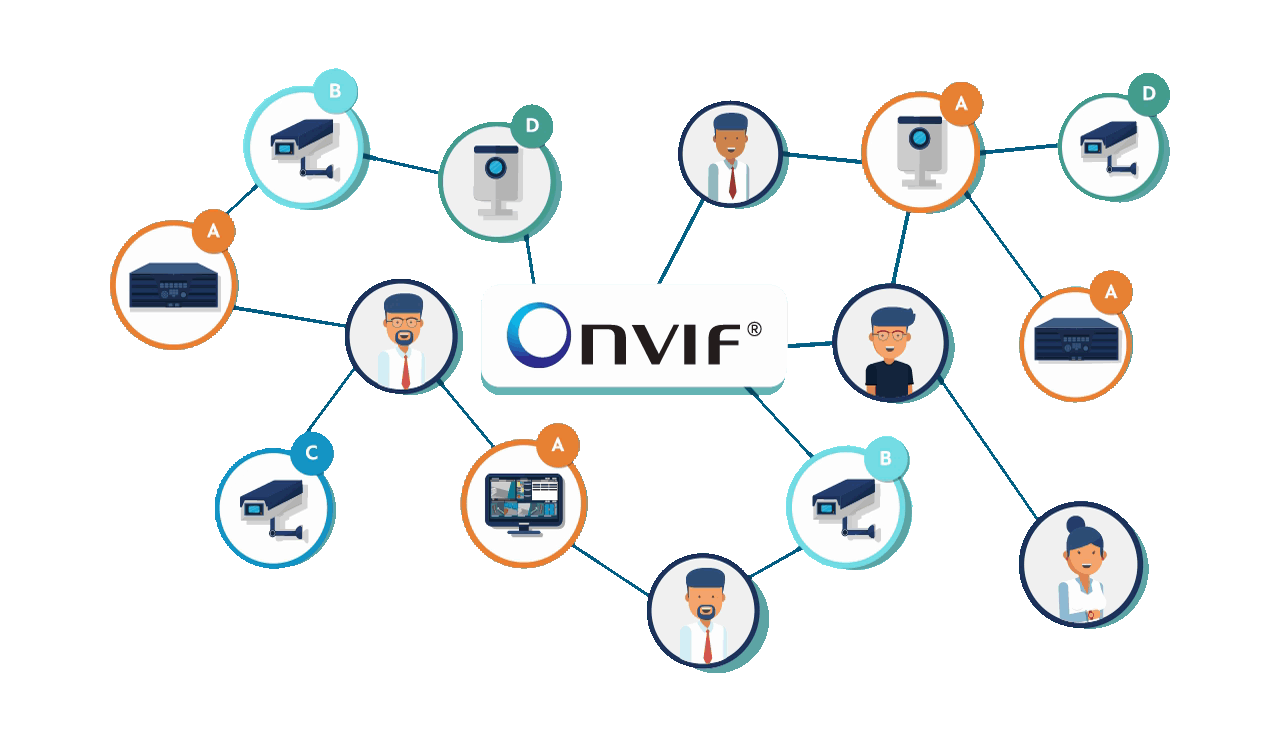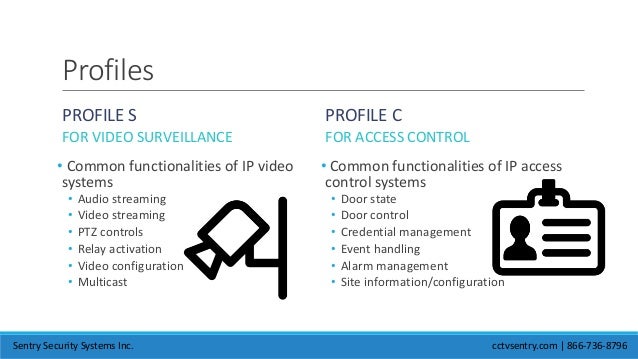
Previous generations of analog CCTV cameras use established broadcast television formats (e.g. This camera was able to detect a number of different events, such as if an object was stolen, a human crossed a line, a human entered a predefined zone, or if a car moved in the wrong direction.

In 2005, the first IP camera with onboard video content analytics ( VCA) was released by Intellio. The camera's Linux system contained video, alarm, and recording management functions. The first decentralized IP camera was released in 1999 by Mobotix.
#Onvif protocol software#
This open architecture was intended to encourage third-party software manufacturers to develop compatible management and recording software. Axis also released documentation for its low-level application programming interface (API) called VAPIX, which builds on the open standards of HTTP and real time streaming protocol (RTSP). Axis used a custom proprietary web server named OSYS, yet by the summer of 1998, it had started porting the camera software to Linux. The Axis Neteye 200 was not intended to replace traditional analogue CCTV systems, given that its capability was limited to just one frame per second in Common Intermediate Format (CIF), or one every 17 seconds in 4CIF resolution, with a maximum resolution quality of 0.1MP (352x288). Thus it was aimed primarily at the tourism industry. At the time of launch, it was considered incapable of operating as a motion camera due to what was at the time, "enormous" bandwidth requirements. It was limited to a snapshot image each time the camera was accessed due to the lack of powerful integrated circuits at the time capable of handling image processing and networking. Though promoted based on its direct accessibility from anywhere with an internet connection, the camera couldn't stream real-time motion video. The first centralized IP camera, the AXIS Neteye 200, was released in 1996 by Axis Communications and was developed by the team of Martin Gren and Carl-Axel Alm. 4.1.1 Artificial intelligence and Internet privacy.The first IP Camera was invented by Axis Communications in 1996 - The AXIS Neteye 200. Others are able to operate in a decentralized manner with no NVR needed, as the camera is able to record directly to any local or remote storage media.

Some IP cameras require support of a central network video recorder (NVR) to handle the recording, video and alarm management.

Most IP cameras are webcams, but the term IP camera or netcam usually applies only to those that can be directly accessed over a network connection, usually used for surveillance. They are commonly used for surveillance but unlike analog closed-circuit television (CCTV) cameras, they require no local recording device, only a local area network. An Internet Protocol camera, or IP camera, is a type of digital video camera that receives control data and sends image data via an IP network.


 0 kommentar(er)
0 kommentar(er)
